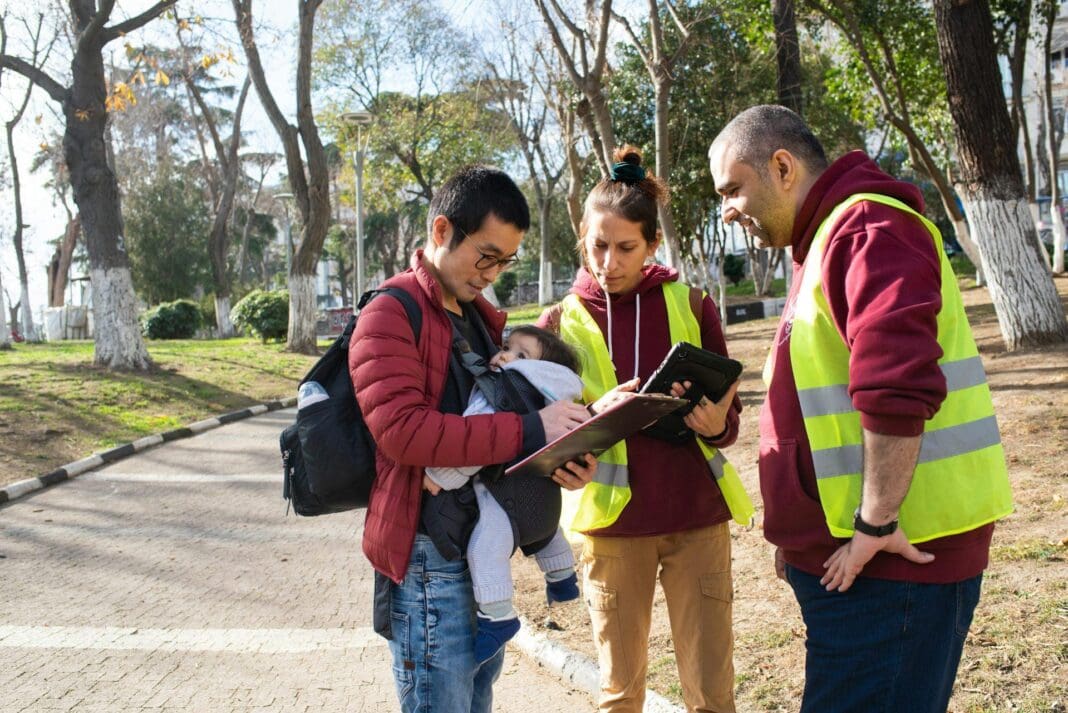U.S. charities may spend some of their time and money on lobbying, as long as those organizations don’t primarily exist to influence federal legislation. This rule applies to all charitable nonprofits, which run the gamut from hospitals to social service providers, museums and environmental organizations.
Charities can lobby by directly contacting lawmakers or other public officials to propose, support or oppose legislation. They may also engage in indirect – or grassroots – lobbying by encouraging their supporters and other people to contact public officials for the purpose of influencing legislation.
The Internal Revenue Service assesses charities’ lobbying activities in two ways. First, the IRS states that lobbying, including staff time and organizational expenses, cannot be a “substantial part” of what a charity does. There’s no official definition of how much lobbying is too much.
Since the concept of a “substantial part” is unclear, charities that regularly lobby can select an expenditure test called the 501(h) election. It sets specific limits on how much time and money charities can spend on lobbying, based on their size.
For example, if a charity’s annual expenses are below US$500,000, it can spend up to 20% of its budget on lobbying. Charities with budgets of $17 million or more can’t devote more than $1 million per year to lobbying.
Charities must report their lobbying activities, including any related expenses incurred by staff members or volunteers, when they file their 990 tax forms. That paperwork is mandatory for all charities except for churches and congregations.
Churches, which automatically qualify as charities, have to follow the substantial part test.
While charities may lobby to some degree, a 1954 measure called the Johnson Amendment makes political activity off-limits for charities, including churches. They cannot endorse, oppose or campaign on behalf of political candidates without jeopardizing their tax-exempt status. Nor can they make donations to lawmakers or policymakers.
But charities, including churches, can hold nonpartisan voter registration drives to register voters.
Some charities are associated with other tax-exempt organizations called social welfare organizations, which are allowed to do unlimited lobbying.
Charities are free, however, to spend as much staff time and money as they wish on what the IRS calls “issues of public policy,” as long as these educational efforts aren’t tied to a political party, specific candidates or particular pieces of legislation.
For instance, a homeless shelter can organize community forums and publish reports on the root causes of homelessness without jeopardizing its status as a charity. It can also engage in outreach campaigns about best practices for reducing homelessness, without backing any particular legislative proposal or a specific political party.
Similarly, an environmental group can run workshops and seminars about the impact of plastic pollution. It can encourage the public to reduce plastic use without supporting specific environmental laws or political figures.
States can also regulate nonprofit lobbying. For example, the Massachusetts Secretary of State’s office requires nonprofit employees who lobby to register with the state and pay a registration fee.
In a 2023 study of nonprofit advocacy and lobbying that our research team conducted on behalf of Independent Sector – a coalition of nonprofits, foundations and corporate giving programs – we found that only 1 in 4 charitable nonprofits have ever formally lobbied the government. This is a big decline from 2000, when 3 in 4 reported doing at least some lobbying.
We believe a misunderstanding of legal regulations about lobbying is one factor that contributed to this decline.
If the IRS determines that charities are lobbying too much, those groups may be assessed fines or even lose their tax-exempt status. This is extremely rare, but when it happens, it creates a chilling effect on the nonprofit sector.
Many charities feed the hungry, protect the environment and provide legal services to low-income people. Through lobbying, charities can try to make sure that the issues important to the people they serve and the causes they embrace are reflected in government decisions and laws.
This article is republished from The Conversation, a nonprofit, independent news organization bringing you facts and trustworthy analysis to help you make sense of our complex world. It was written by: Heather MacIndoe, UMass Boston and Mirae Kim, George Mason University
Read more: Going to the boardroom from the classroom helps students learn how nonprofits work Nonprofits may engage in advocacy and limited lobbying, but few do so – new research What’s a church? That can depend on the eye of the beholder or paperwork filed with the IRS
Heather MacIndoe is a Visiting Scholar with Independent Sector. She received a research grant from Independent Sector for the Public Engagement Nonprofit Survey (PENS) project.
Mirae Kim received a research grant from Independent Sector for this Public Engagement Nonprofit Survey (PENS) project. She was a visiting scholar at Independent Sector for 2021-2023 and is a current non-paid, board member at the Association for Research on Nonprofit Organizations and Voluntary Action (ARNOVA).














